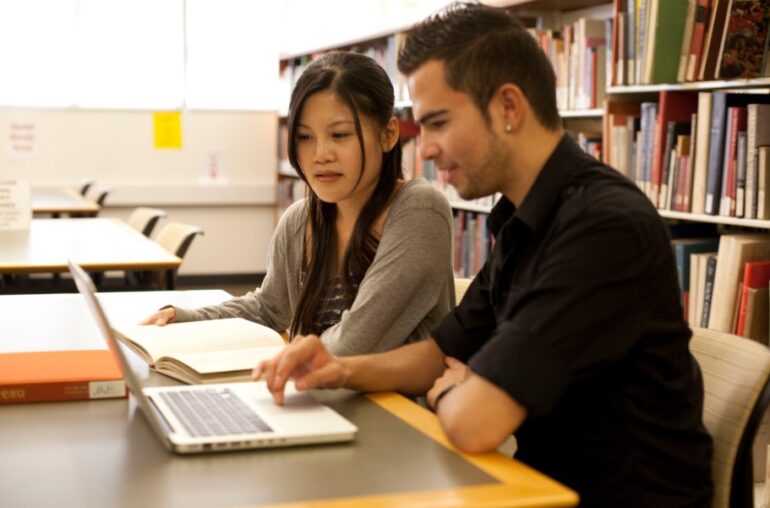Tutoring is often seen as a valuable tool for helping students grasp difficult concepts, improve their grades, and boost their overall academic performance. However, there are instances when tutoring doesn’t yield the expected results.
When faced with such a situation, it’s important for both tutors and students to take a step back, evaluate the situation, and consider alternative approaches. Here are some steps to consider when tutoring isn’t working as expected:
Identify the Underlying Issue
The first step in addressing the problem of ineffective tutoring is to identify the underlying issue. Is the student struggling with a specific subject, a particular topic within that subject, or are there broader learning difficulties? Communication between the tutor, student, and possibly even the student’s parents or teachers can help uncover the root cause of the problem.
Adjust the Teaching Approach
Not all students learn in the same way. Consider adjusting your teaching approach if your current tutoring methods aren’t ineffective. Try incorporating different teaching styles, such as visual aids, hands-on activities, or real-world examples to explain complex concepts. This can make the learning experience more engaging and tailored to the student’s preferences.
Break Down the Material
Sometimes, the material being taught can be overwhelming for the student. Breaking down complex topics into smaller, more manageable chunks can make learning more approachable. Help the student build a strong foundation by mastering the basics before progressing to more advanced concepts.

Set Realistic Goals
Setting achievable goals can motivate students and provide a sense of accomplishment. Work together with the student to set realistic short-term and long-term goals. Celebrate the small victories along the way to boost the student’s confidence and motivation.
Provide Constructive Feedback
Feedback plays a crucial role in the learning process. Ensure that your feedback is specific, constructive, and encouraging. Highlight areas where the student has improved and offer guidance on areas that still need work.
This can help the student understand their strengths and weaknesses, enabling them to focus on areas that require more attention.
Incorporate Interactive Activities
Interactive activities can make learning more engaging and enjoyable. Incorporate educational games, discussions, and interactive exercises into your tutoring sessions. These activities can help reinforce concepts and encourage active participation.
Collaborate with Other Professionals
If the student’s learning difficulties stem from more complex issues, consider collaborating with other professionals, such as special education teachers, psychologists, or speech therapists, in addition to seeking guidance from a private math tutor in NY.
Their combined expertise can provide valuable insights and strategies to address the specific challenges the student might be facing. This holistic approach ensures that the student receives well-rounded support tailored to their individual learning needs.

Evaluate Timing and Environment
The timing and environment of the tutoring sessions can impact their effectiveness. Ensure that the student is well-rested and not distracted during the sessions. Additionally, consider whether the timing of the sessions aligns with the student’s peak learning hours.
Conclusion
In conclusion, when tutoring isn’t yielding the desired results, it’s essential to take a proactive approach to address the situation.
Identifying the underlying issues, adjusting teaching approaches, breaking down material, setting realistic goals, providing constructive feedback, incorporating interactive activities, collaborating with other professionals, and evaluating the timing and environment are all important steps to consider.
Remember, the goal is to create a conducive learning experience that caters to the student’s individual needs and learning style.

